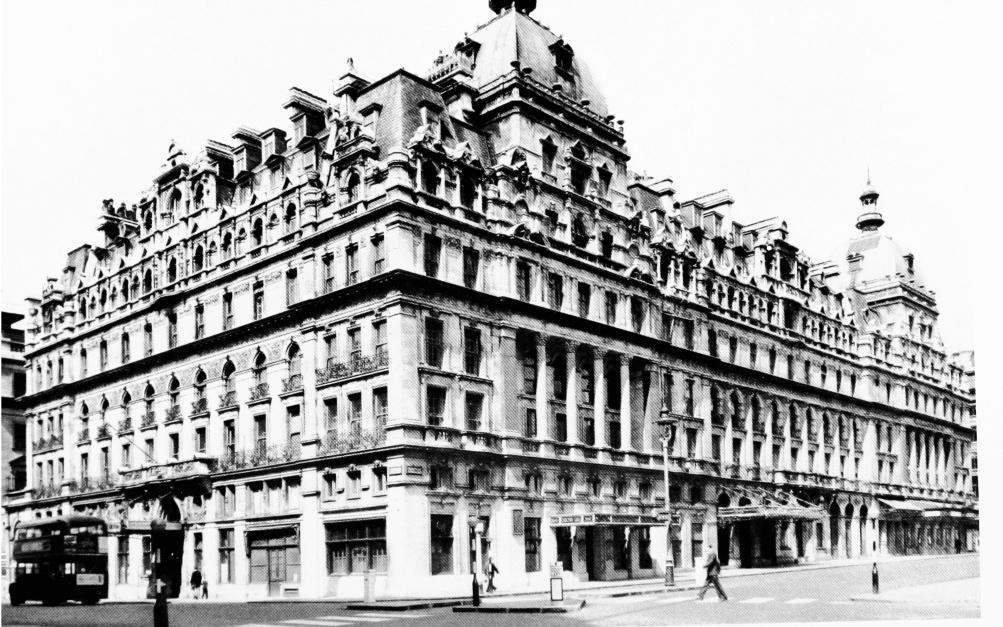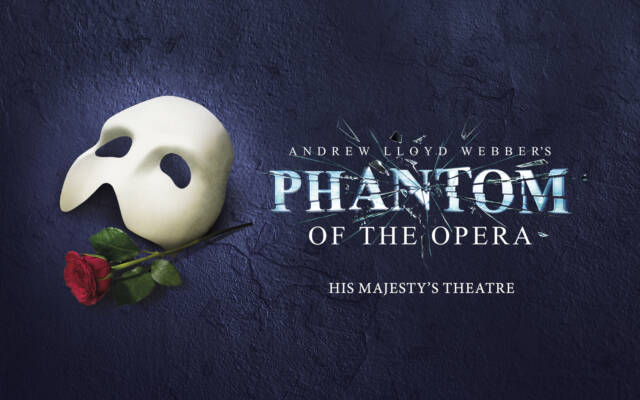What's in a name?
Posted 14th April 2023
The soon to be re-named Her Majesty’s Theatre on the Haymarket stands on the second oldest theatre site in London and owes its very existence to the British Monarchy.

The soon to be re-named Her Majesty’s Theatre on the Haymarket stands on the second oldest theatre site in London and owes its very existence to the British Monarchy.
The land the theatre stands on has always been owned by The Crown Estates and the first theatre there was erected with the express permission of Queen Anne. She granted a licence to the playwrights John Vanbrugh and William Congreve to form a ‘Company of Comedians’ and in April 1705 they opened their new theatre named for her as The Queen’s Theatre.
There was no change in legislation so they were not able to present legitimate drama which remained monopolised by Drury Lane and Lincoln’s Inn Theatres and thus their new theatre staged music productions and gained a solid reputation as an opera house.

Over the next 190 years (and two new buildings) the theatres on the site hosted premieres by Handel, Mozart, Bach, Beethoven, Gounod, Bizet and the first complete performance of Wagner’s Ring Cycle.
The current building was the brainchild of Actor Manager Sir Herbert Beerbohm Tree, designed by C.J. Phipps, and fittingly has been home to Andrew Lloyd Webber’s The Phantom of the Opera for 36 years.
The original Queen’s Theatre first changed its name to The King’s Theatre in 1714 when King George I ascended the throne and it retained that name through several successive male monarchs after burning down and being rebuilt in 1791.

When the young Princess Victoria became Queen in 1837 the name changed to Her Majesty’s Theatre, Italian Opera House and ten years later the building was graced by the Queen’s presence when she attended a gala performance by Jenny Lind, the Swedish Nightingale.
The second theatre was also destroyed by fire in 1867 and the much larger auditorium that replaced it struggled to find success despite appearances by Sarah Bernhardt and seasons by the Carl Rosa Opera. It was demolished in 1892 making way for the building we know today.
Tree obtained permission to change the name after Victoria’s death in honour of King Edward VII and it remained His Majesty’s through the subsequent reigns of George V, Edward VIII and George VI.
Prince Littler was managing the theatre in 1952 when Princess Elizabeth became Queen and under his guidance the name reverted to Her Majesty’s just as Andrew Lloyd Webber has now arranged for a return to His Majesty’s in honour of King Charles III.
During most of Queen Elizabeth’s long reign the Theatre was home to musicals including Paint Your Wagon, West Side Story, Bye Bye Birdie, Fiddler on the Roof, Company, Pippin and Bugsy Malone.
In 1981 the theatre’s musical and operatic heritage was matched in a record-breaking run of The National Theatre’s original production of Peter Shaffer’s Amadeus about the rivalry between court composer Salieri and young genius Mozart. The Phantom of the Opera opened in 1986 and the Angel of Music looks set to remain thrilling audiences well into the new King’s reign.






